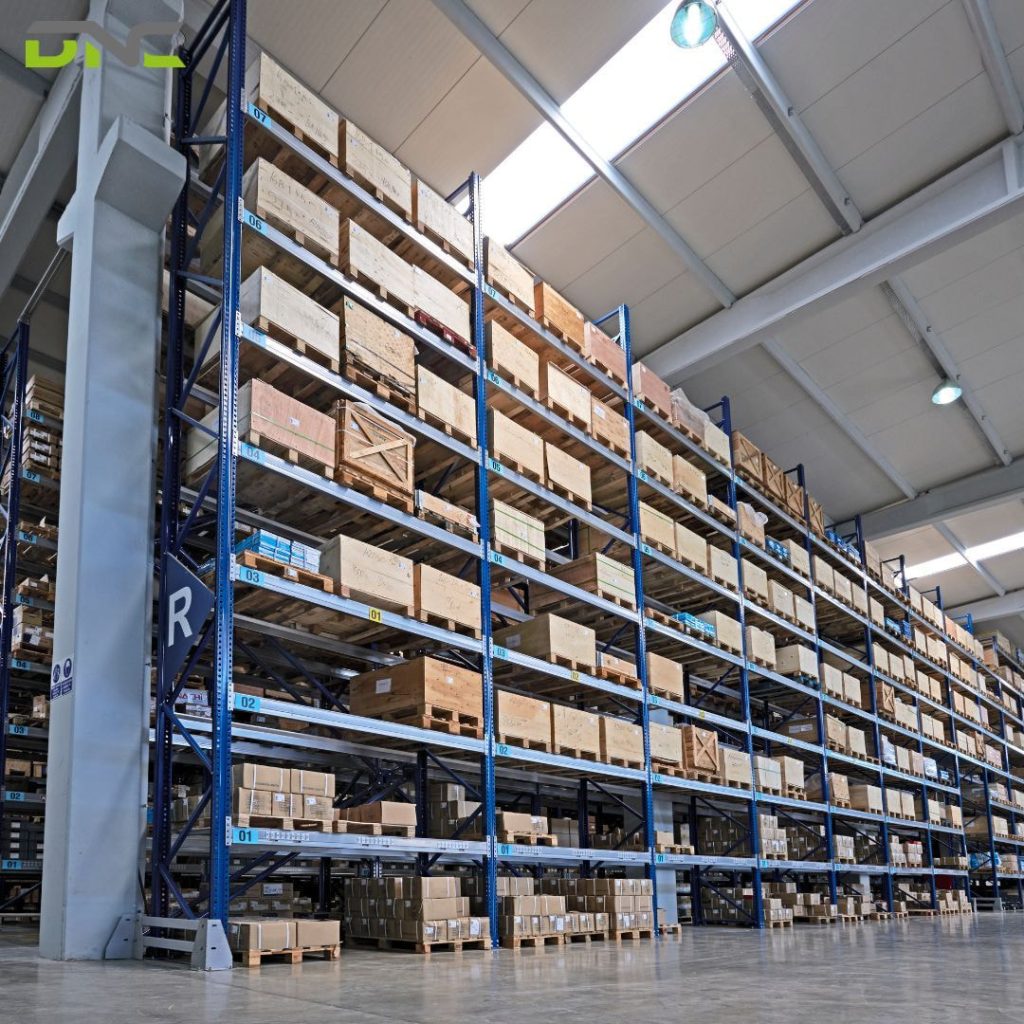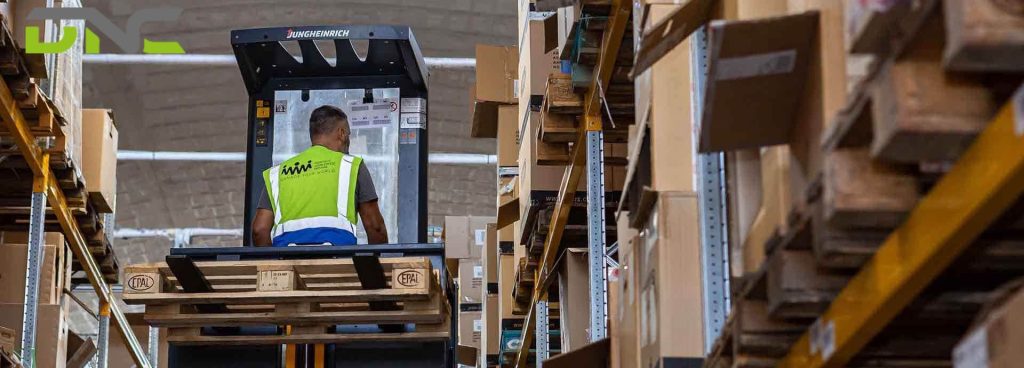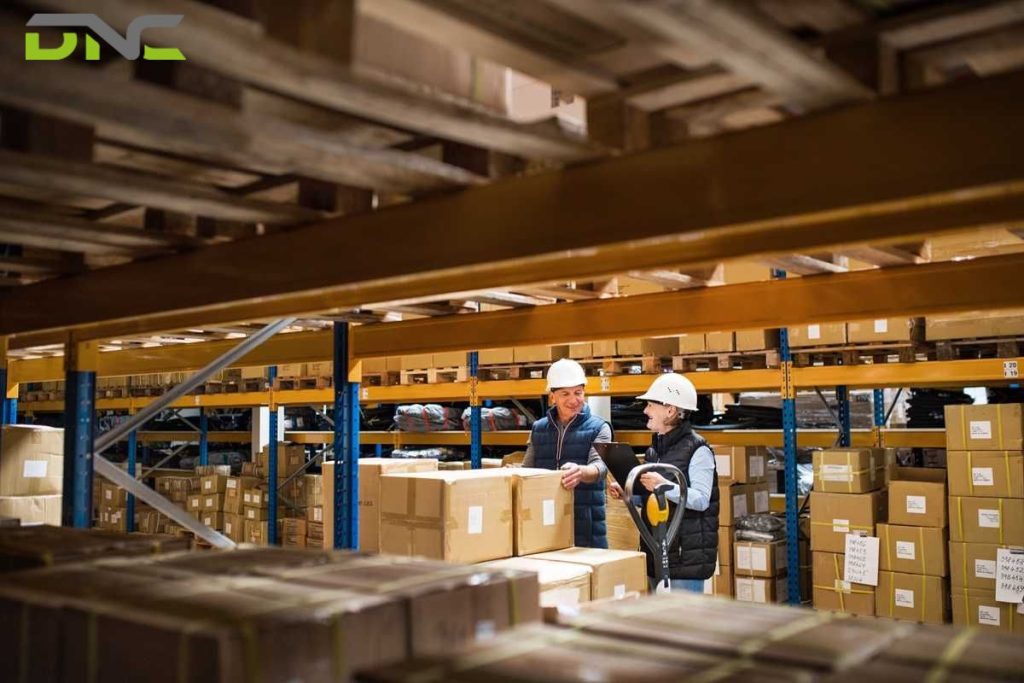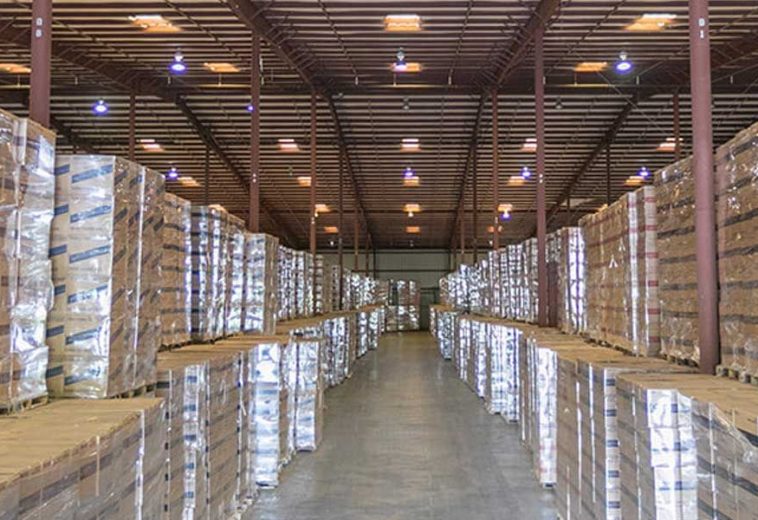Everything About Dry Warehouse Storage
What is dry warehouse storage? In the rapidly evolving world of warehouse and logistics automation, dry storage plays a key role. It refers to the controlled storage of non-perishable goods in an environment where temperature, humidity, and exposure to elements such as moisture are closely managed but not artificially cooled or frozen.
Dry storage is a key element of the supply chain for industries such as retail, manufacturing, e-commerce, pharmaceuticals (non-temperature-sensitive goods), and general merchandise. With the growing demand for automated storage solutions, understanding dry storage is more important than ever for warehouse managers, facility engineers, and logistics decision makers.
What are the requirements for the dry warehouse?

What are the requirements for the dry warehouse?
The importance of a dry storage facility is very important in the operation of the supply chain. Therefore, the installation requirements of each supply facility are tightened to meet the criteria that the business needs. Some requirements that need to be carefully considered in dry storage are:
- Climate control: Although dry storage does not require refrigeration, a stable ambient temperature (usually 15°C to 25°C) and a relative humidity of less than 60% are very important. High humidity or fluctuating temperatures can lead to mold, mildew or product deterioration.
- Ventilation and air quality: Ventilation systems must ensure air circulation to prevent condensation and keep the air fresh, especially in facilities that process paper, textiles, or packaged foods. HEPA filters or dehumidifiers can be integrated depending on the location.
- Pest and Dust Control: Proper sealing of entry points, regular cleaning, and pest control systems are essential to prevent entry and contamination.
- Fire Protection: Dry warehouses must be equipped with appropriate fire protection systems, especially for goods such as paper, plastics, or chemicals.
- Efficient Layout and Automation: Modern dry warehouses benefit greatly from automated storage and retrieval systems (AS/RS), barcode scanning, conveyors, and warehouse management systems (WMS) to increase speed, accuracy, and space utilization.
What items will be stored in the dry warehouse?

What items will be stored in the dry warehouse?
Based on strict management requirements, dry storage is very carefully classified into different product categories and still requires environmental protection. Some typical product categories suitable for dry storage include:
- Consumer packaged goods (CPG), specifically items such as canned foods, pasta, cereals, and bottled beverages (unopened), are usually stored in dry conditions.
- Textile items such as clothing, fabrics, and fashion accessories are stored in dry storage to avoid moisture or mold.
- Electronics and home appliances are mainly electronic items such as televisions, mobile phones, and home appliances are stored in dry storage to avoid damage due to moisture.
- Paper products, from books and packaging materials to hygiene products such as paper towels or tissues, all require humidity control.
- including tires, batteries, and heavy-duty packaging, which are best stored in controlled dry conditions.
These are typical items that many people choose to dry store their products for long shipping times without compromising the quality of the weld.
What is the difference between cold and dry warehouse storage?

difference between cold and dry warehouse storage
Dry and cold warehouse storage are both important types of warehouses that play a vital role in the supply chain, but their operational and infrastructure needs differ significantly. Here are some of the biggest differences between the two types of warehouses that businesses should consider.
| Cold warhouse storage | Dry warehouse storage | |
| Temperature Control | Ambient temperature (15°C – 25°C) | Actively cooled or frozen Actively cooled or frozen (0°C to -20°C) |
| Storage Equipment | Shelving, racks, pallets, forklifts | Refrigerated units, insulated doors |
| Goods Stored | Electronics, textiles, canned goods | Dairy, meat, frozen food, and vaccines |
| Energy Consumption | Lower | High |
| Operational Costs | Lower upfront and maintenance costs | High CAPEX and OPEX |
In general, each type of warehouse has its own characteristics and product groups. To choose the right type of warehouse, businesses need to clearly understand the needs and characteristics of their products to ensure that the storage process will not affect product quality.
What are the challenges of dry warehouse storage?
Despite its many benefits, dry storage also poses operational and management challenges.
- Uncontrolled moisture intrusion from building leaks, poor ventilation, or the surrounding climate can damage stored goods. Proper construction and maintenance are critical.
- Poor inventory management: Without a robust warehouse management system (WMS), tracking SKUs, expiration dates, and storage areas is prone to errors.
- Space-consuming: Many warehouses suffer from inefficient layouts. Implementing vertical racking and mobile shelving systems can significantly improve storage density.
- Reliance on labor (without automation): Manual handling leads to delays, inaccuracies, and the potential for injury. Implementing automation increases throughput and reduces downtime.
- Security: For high value goods such as electronics or pharmaceuticals, ensuring CCTV surveillance, access control and inventory monitoring is essential.
Where is the most reputable dry warehouse storage solution provider in 2025?
DNC Automation is a company with over 15 years of experience in providing warehouse automation solutions. DNC has built a solid reputation by providing smart and reliable storage solutions that suit the evolving needs of modern supply chains.
- Custom-designed dry warehouse systems optimized for ambient storage requirements
- Integrated automation solutions for smart warehouses, including AS/RS, conveyors, and WMS compatibility
- Industrial IoT and Industry 4.0 technologies enable real-time visibility and operational efficiency
- Advanced environmental monitoring systems, including humidity control, airflow regulation, and SCADA integration
If you still have many questions, please call DNC Automation at the hotline below. The technical department will support and answer all your questions about needs, prices, to installation scale. Call us now if you need advice!
- 26 views
- 0 Comment




Recent Comments